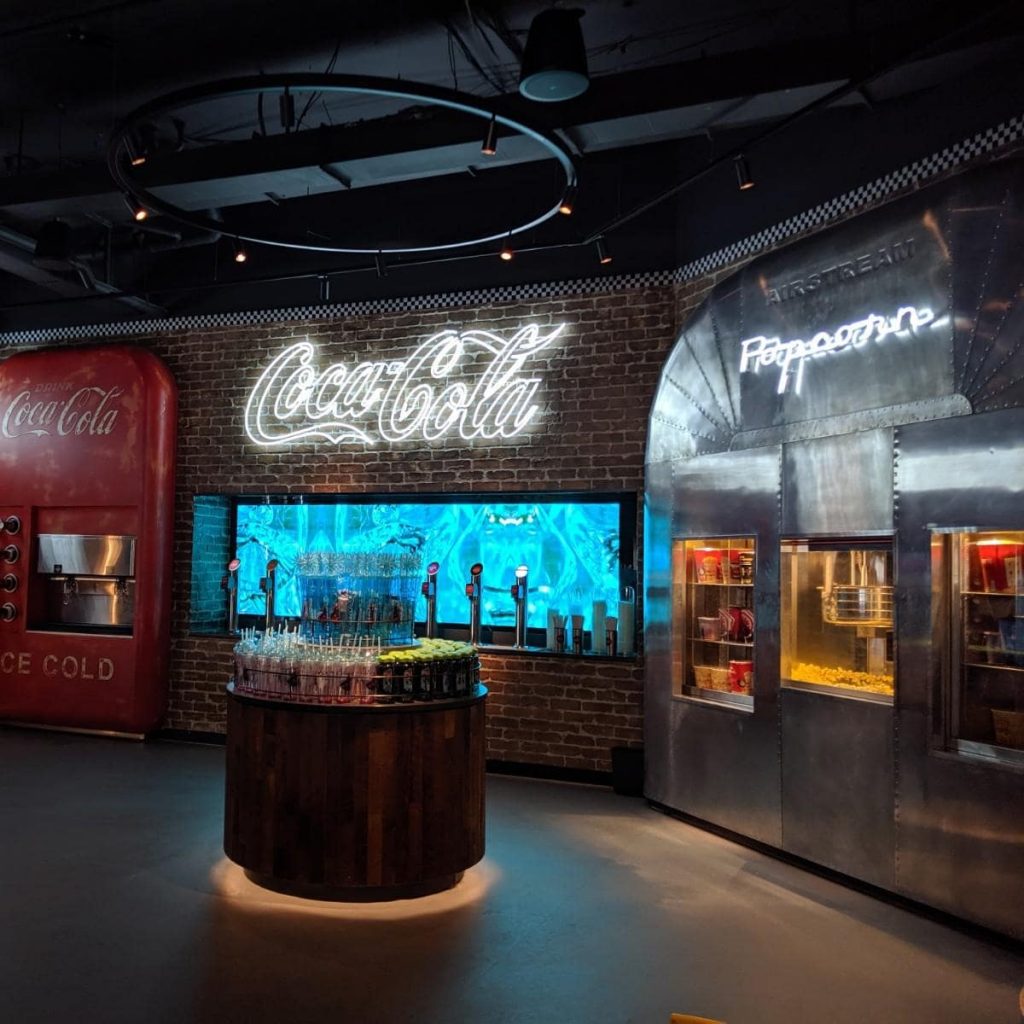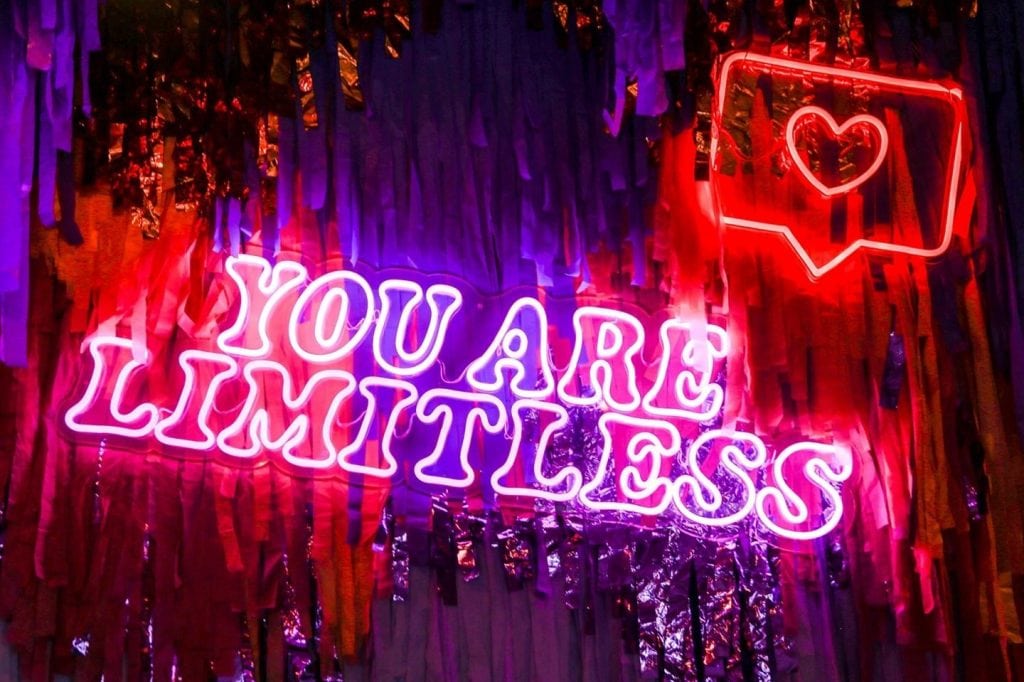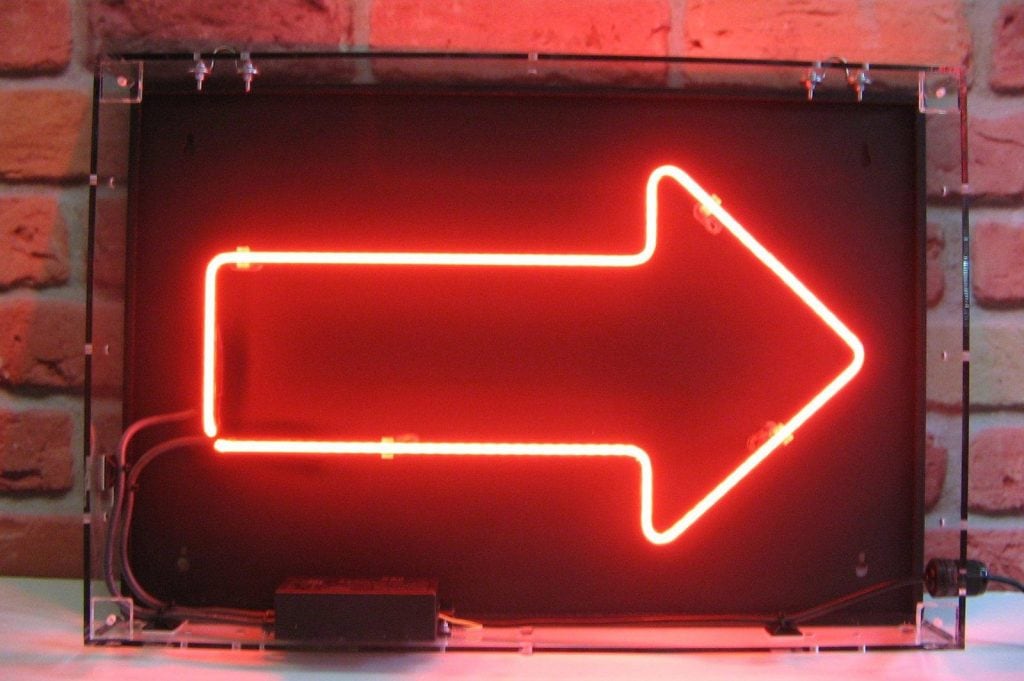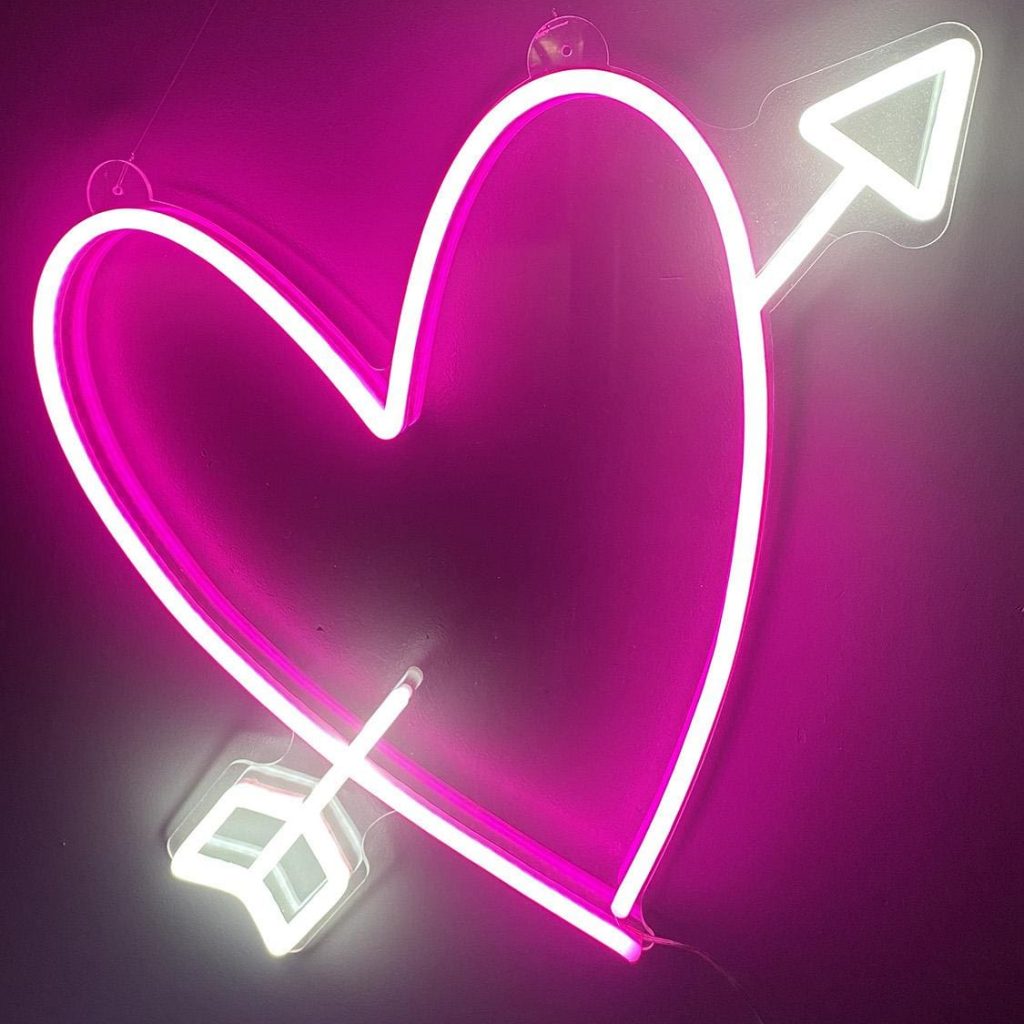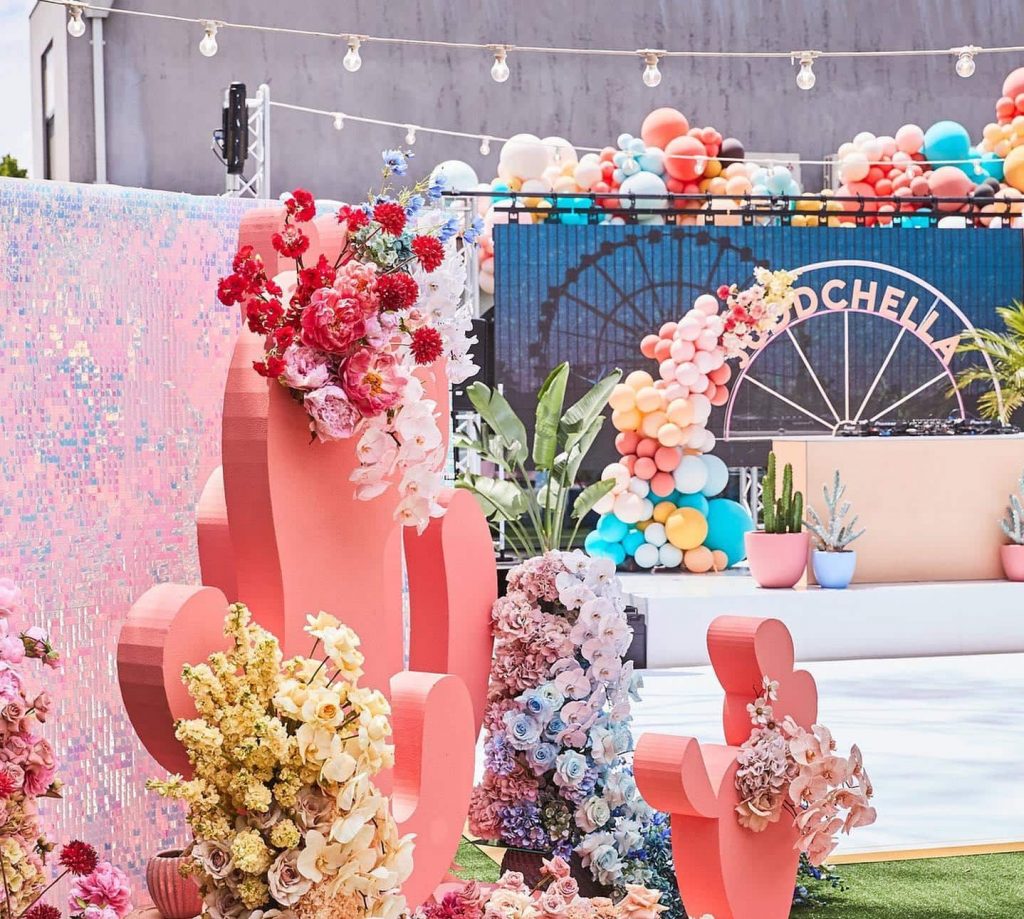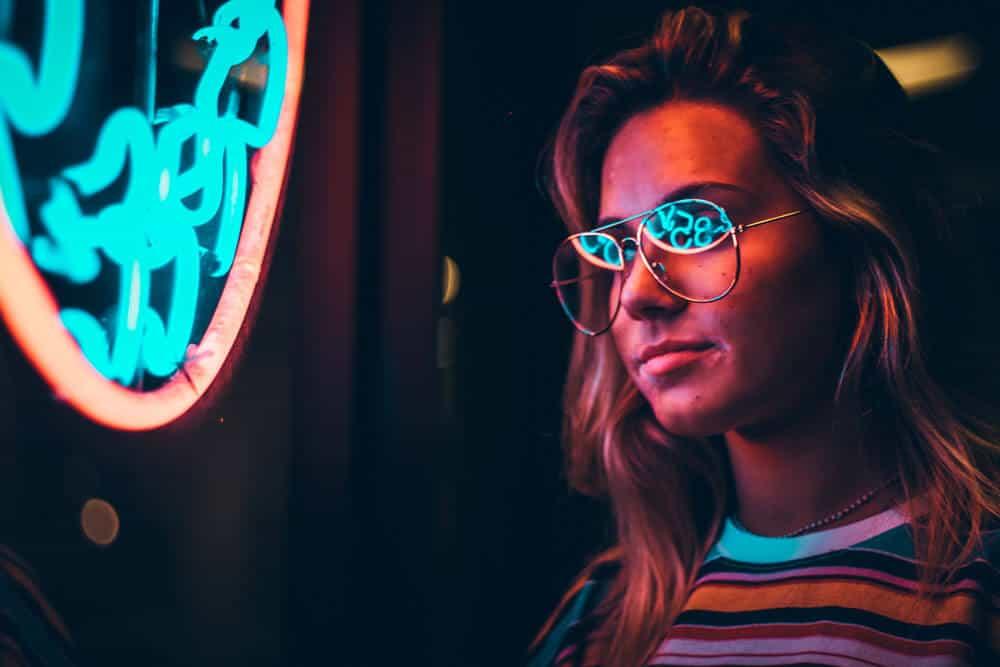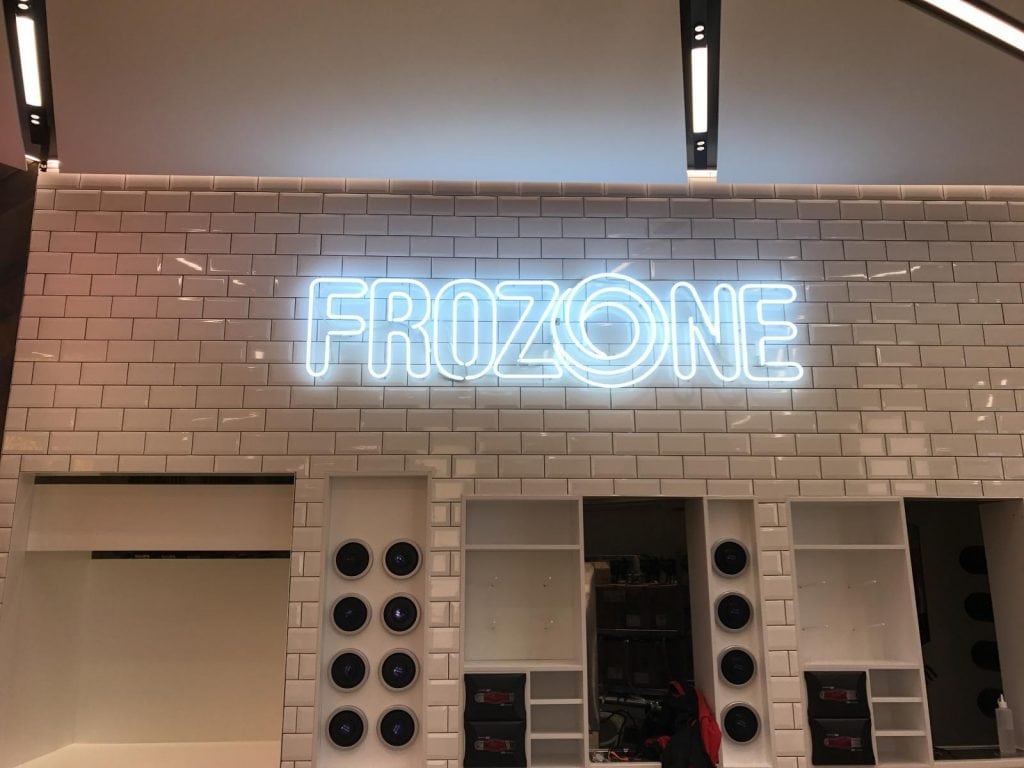Because of its widespread appeal, neon light design has emerged as an independent aesthetic movement. Colors used by neon designers have been shown to influence viewers' emotions and perceptions. Some people may assume that neon signs have no effect on their psyche, however this is not the case.
Nonetheless, light has a tremendous impact on our psyches. This enables us to appreciate neon signs as works of art, pieces of design, and even pieces of psychology. Let's look into how being around neon signs affects our psyches.
Colour Influences Our Mood
Red, orange, yellow, and green are common colours for neon signs. These hues are ideal for producing an upbeat and friendly ambience, but they can sometimes have the opposite effect. Colors like red and orange, which are particularly vibrant, have been linked to increased levels of joy and excitement.
Consequently, numerous stores employ these hues when designing their signs.
However, blue and purple are often associated with melancholy and despair. There's a reason pink is connected to romance and passion. Pink is the colour most commonly linked with the human brain, which may sound strange.
Designers of neon signs would do well to consider the meanings that people attribute to different hues. Using this data, neon sign makers can make advertisements with a more beneficial impact on the public.
Neon Lights Shine Brightly.
In healthcare, therapy, and church settings, neon signage is common.
Inducing thoughts of health and tranquility, neon signs shine brightly. Envision entering a tranquil space adorned with flashing neon signage. It's likely that you'll feel more at ease after seeing these symbols.
The calming effect of neon signs on people's minds and bodies is often overlooked. These symbols are a great way to unwind after a hard day or anytime.
Happy feelings can also be evoked by neon signs. Light up neon signs make people happy. In a space filled with flashing neon signs, visitors may experience a surge of positive emotions.
People often report feeling more upbeat and hopeful after seeing a neon sign. Neon signs are a great way to remind people to look on the bright side of life. Motivated and inspired individuals may result from this.
Neon Signs Can Be Upsetting and Frightening
There are times when a neon sign is both frightening and depressing. Neon artists have a lot of imagination, and they employ neon signs to make all kinds of eye-catching creations. These patterns have the potential to be both stunningly beautiful and deeply sad and frightening.
When designing with neon, artists have a wide variety of options for forms and patterns.
Both nature and art serve as inspiration for various designs. Using basic geometric forms like circles and squares, neon artists may make more complex shapes like hearts and flowers.
Designs for neon signs can be both straightforward and complex. Designers of neon signs can use this kind to make more intricate images. Complex patterns, such as fractals and mandalas, can also be used by neon designers. Sadness, fear, or bewilderment could result from encountering these recurring motifs.
Despondent and frightening motifs on neon signs tend to be rendered in a dark hue.
Beautiful and elaborate designs, such as daisies, may also be used by neon designers. Beautiful as they are, these patterns have the power to spark passionate thoughts and feelings.
Using bold or vivid outlines, neon artists can create signs menacing or melancholy. Bright orange, bright yellow, or bright red neon signs can be disconcerting and depressing.
We Get Pumped Up When We See Neon Signs
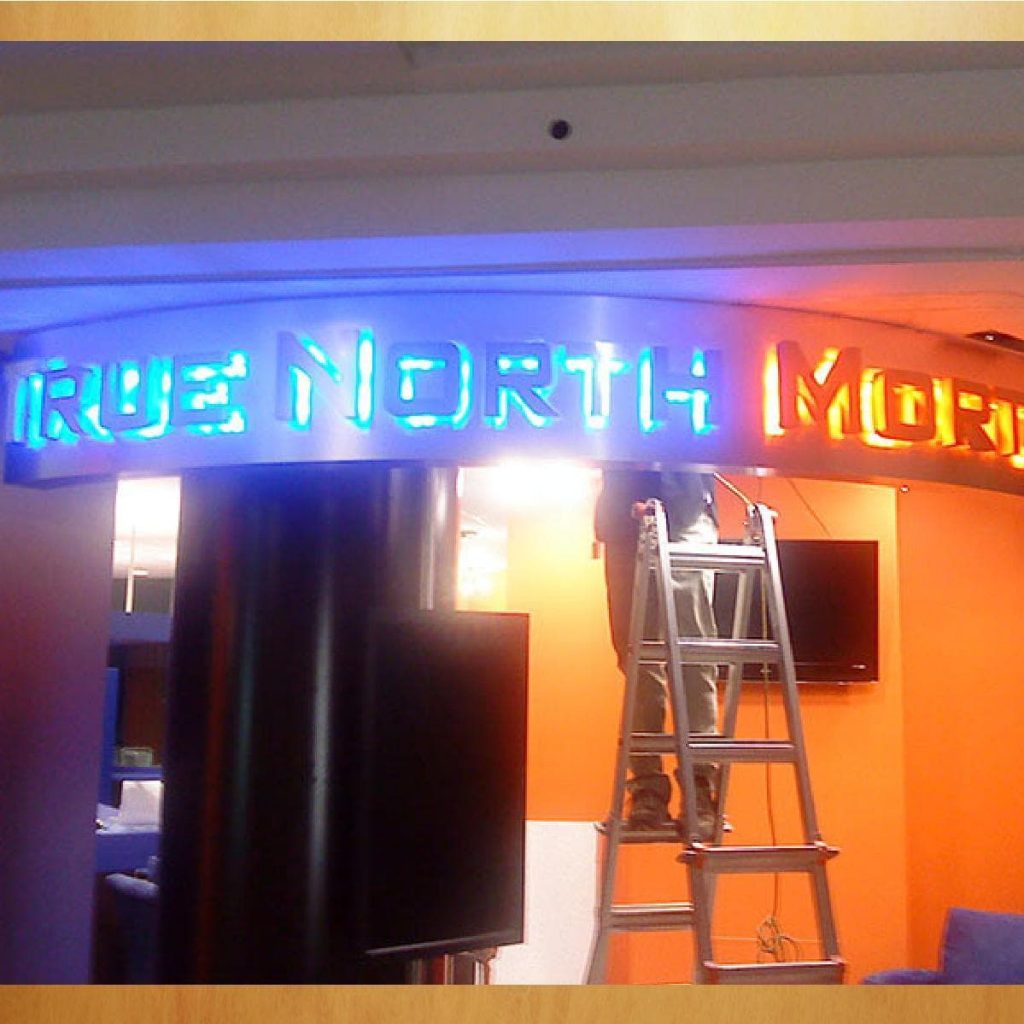
Exciting emotions can also be evoked by neon signs.
There's a common belief that the colour orange means fun. Since orange is such a vibrant and eye-catching shade, it often serves to energise those who see it. Because of this, neon artists frequently incorporate patterns from the natural world onto orange signage.
If you're on the lookout for new companions, take orange as a hopeful sign. In addition to yellow and green, orange also goes well with other primary colours.
The designers of neon lights can also create additional vivid hues, such as blue and purple. The colour blue is soothing and often used to convey a sense of peace. There is a long history of associating the colour purple with the ruling class. Designers of neon signs might utilize the colour purple to convey prestige and authority.
How Light Affects Mood, Productivity, and Life
Everywhere we look, there is light, and without light, there can be no life, at least not the kind we are. Despite this, we rarely consider how the hue of a room's lighting could influence our disposition, wellbeing, or output.
Numerous scientific studies have demonstrated the profound effect light has on the human body. There are physiological and psychological impacts that can have an effect on people's health in addition to the visual effects it enables (picture, intensity, shape, perception, contrast, etc.).
Light has a biological and physiological effect on us, with the potential to either enhance or impair sleep, cognition, and well-being. The body's 24-hour cycle of the circadian rhythm is one such phenomenon.
Light has been shown to have a wide range of beneficial effects, including elevating disposition, regulating our circadian rhythms, facilitating restful sleep, reducing the symptoms of depression, and enhancing cognitive abilities including reaction time and activation.
Is it not therefore crucial that we learn about the effects of colour on us and create an environment that encourages better growth, productivity, and effectiveness?
Saturation, brightness, and hue are the three primary attributes of light that can be adjusted.
The amount of light emitted by a light source is measured in lumens or lux (think back to chemistry class in high school). Brighter light has been proven to heighten emotions, while dimmer lighting has been demonstrated to maintain rather than diminish them. As a result, people may be better able to negotiate agreements with others and make sound decisions even when lighting conditions are poor.
The degree to which a colour is saturated. Stronger colours tend to heighten feelings, whereas softer tones tend to calm them down. In the visual arts, saturation is measured from 100% (maximum saturation) to 0% (no colour). A comparable scale can be used in lighting.
A hue is a specific colour or tint. Natural light has been shown (through a number of studies) to improve mood, but the hues of artificial light have their own known effects on the mind and body.
The effects of different light hues on humans are discussed in this article.
Blue Light
The visible spectrum of light includes blue light, which can be seen by humans. Its short wavelength and great power output make it the most potent. One-third of all visible light is high-energy visible light, also known as "blue" light. For the most part, blue light comes from the sun.
Fluorescent lights, compact fluorescent light bulbs (CFLs), light-emitting diodes (LEDs), flat-screen light-emitting diode (LED) televisions, computer displays, smartphone and tablet screens are all artificial sources of blue light.
Gains include a more alert state, improved memory and brain function, and a more positive disposition, all thanks to the positive effects of blue light.
It controls the body's internal 24-hour cycle of sleep and wakefulness (known as the circadian rhythm). Kids need exposure to sunlight for their eyes and vision to develop properly.
Dangers: The eye isn't very good at filtering out blue light, so almost all of it makes it through the cornea and lens to the retina, where light is converted into an image that the brain can interpret.
Prolonged exposure to blue light, particularly from electronic devices' screens (phones, laptops, etc.), has been linked to age-related macular degeneration and other vision issues. Also, it can aggravate pre existing conditions including cataracts, eye cancer, and growths on the cornea (the transparent layer that covers the whites of the eye).
Red Light
Red light, the longest-wavelength visible light, is employed in a variety of medical procedures. As a controversial form of light treatment, red light therapy (RLT) employs red low-level wavelengths of light to treat a variety of skin disorders, including but not limited to wrinkles, scars, and recurrent wounds.
Benefits: Melatonin synthesis is increased by exposure to red light. Melatonin is a hormone found in the body that promotes sleep. As the sun goes down, your brain produces more melatonin, but the opposite is true when you're under bright light.
Light which emits red light wavelengths, not only red-tinted light bulbs, is what has been shown to have an effect on sleep. Even though the warm glow of a red-tinted light bulb can lift your spirits and relax you, it doesn't truly emit red light.
They won't have the same impact on your slumber because of this.
Dangers: Excessive treatment exposure may be harmful to tissues and cells. Misuse can result in serious injuries, including burns or vision loss for those who aren't using protective eyewear.
Green Light
Greenlight is a major component of the visible spectrum that affects living things. So many aspects of plant and animal biochemistry, physiology, and structure depend on it.
Green, the colour of nature, has been demonstrated to improve focus, memory, and even the immune system.
Greenlight "reduces glare and compliments haemoglobin," according to the study. Migraine and chronic pain of other kinds may be alleviated as a result.
Harms: The eye's rods and cones, which are responsible for vision, are sensitive to green light.
Black Light
Even though black lights produce light, the light is invisible to the human eye since it is ultraviolet. Having a single bulb that solely emits UV light would make the space appear completely dark. Some violet light is also emitted by several black lamps.
Overexposure to ultraviolet radiation can cause harm to your eyes and skin, so being able to see that the light is on is helpful. The most common types of artificial illumination include incandescent, fluorescent, light-emitting diode (LED), laser, and mercury-vapor. As they emit very little UV radiation, incandescent bulbs aren't ideal for use as black lights.
Ultraviolet light has several practical applications, including the illumination of artwork, the curing of polymers, the attraction of insects, and the promotion of melanin formation (tanning) in the skin.
Black lights have a wide variety of uses in the medical field. The use of ultraviolet light has several medical applications, including disinfection, the detection of fungi and bacteria, the treatment of acne and melanoma, the prevention of ethylene glycol toxicity, and the diagnosis and prevention of neonatal jaundice.
Skin burns are a real risk when exposed to these lights. Light of this wavelength has a higher energy and can induce cell damage more rapidly than UVA or visible light. When the lens of the eye is damaged by ultraviolet light, cataracts can develop. such as cancer.
White Light
Generally speaking, humans like to be in white light. It's the primary source of illumination provided by several common types of LEDs, incandescent bulbs, and fluorescent tubes.
Benefits: While exposure to pure white light may be detrimental, the additional blue components of cool white light make it appear brighter to the human eye (which is the reason cool white bulbs provide more light than their warm-white counterparts).
Cons: Bright white light is associated with higher health risk, and it is not good for our biological clock. Light from white LED lamps decreases melatonin production five times more than light from orange-yellow High Pressure Sodium bulbs. Our circadian rhythm is regulated by the chemical melatonin, which also has anti-oxidant and anti-cancer effects.
Yellow Light
Mood lighting and ambient lighting typically involve the usage of yellow light.
Pluses: Our eyes won't get hurt by the yellow light. When applied to wounds, Yellow Light Therapy has been shown to hasten the recovery process, induce collagen production, improve skin moisture, and enhance the skin's general health.
Negative effects include increased glare and other ailments due to yellow light's absence of blue wavelengths. For this reason, sports and hobbies that call for pinpoint accuracy in the sights, including hunting and competitive shooting,
Keep in mind that coloured light that impacts sleep is not simply a tinted light bulb, but rather light that emits specific wavelengths of light.
However, colored-tinted light bulbs are a great way to relax and set the mood. There is no red or blue light produced by them. This means that they probably won't have the same impact on your sleep/body.
In conclusion, neon lights' hues and intensities have the potential to significantly affect our mental and emotional states. Colors like red, orange, and yellow are known to arouse our emotions and produce a sensation of excitement, while colours like blue and green are believed to have a calming and soothing impact.
There is a correlation between the intensity of neon lights and how they make us feel; bright lights are stimulating and exciting, while softer lights are soothing and calming.
When designing or selecting neon signs for our homes or companies, we should keep in mind the impact that the lights may have on our mental well-being. Colors and lighting should be chosen to complement the room's function and create the desired ambience.
Conclusion
There is now a distinct aesthetic trend towards neon light fixtures. Designers of neon signs are aware that the colours they choose matter in terms of how the public reacts to and interprets their work.
When you want to remind people to see the bright side of things, neon signs are a great choice. It's easy to forget that neon signs can actually help people relax. Artists who work with neon signs are known for their vivid imaginations and their ability to create works of art that stand out.
These designs can be both heartbreakingly beautiful and utterly terrifying. Different neon shapes and patterns are influenced by both nature and art. Light has a significant impact on humans, with the ability to improve or hinder sleep, cognition, and general health and happiness.
There are well-documented physiological and psychological effects of varying colours of artificial light. Colors with more intensity tend to amplify emotions, while those with a softer palette have the opposite effect.
The human body's natural sleep-wake cycle is disrupted by prolonged exposure to blue light (known as the circadian rhythm) Sunlight is essential for children's eye and vision development.
Multiple skin conditions can be alleviated with the help of red low-level wavelengths of light, as used in red light therapy. Lamps that use incandescent, fluorescent, light-emitting diode (LED), laser, or mercury-vapor technology all produce ultraviolet radiation.
It's important to be able to see that the light is on, as prolonged exposure to ultraviolet (UV) rays can damage your eyes and skin. The colours and brightness of neon lights can have profound psychological and emotional effects. It's common knowledge that colours like red, orange, and yellow excite and energise us, while colours like blue and green have the opposite effect and help us relax.

Content Summary
- Colors used by neon designers have been shown to influence viewers' emotions and perceptions.
- Nonetheless, light has a tremendous impact on our psyches.
- Red, orange, yellow, and green are common colours for neon signs.
- The calming effect of neon signs on people's minds and bodies is often overlooked.
- Light up neon signs make people happy.
- In a space filled with flashing neon signs, visitors may experience a surge of positive emotions.
- These patterns have the potential to be both stunningly beautiful and deeply sad and frightening.
- When designing with neon, artists have a wide variety of options for forms and patterns.
- Both nature and art serve as inspiration for various designs.
- Designs for neon signs can be both straightforward and complex.
- Despondent and frightening motifs on neon signs tend to be rendered in a dark hue.
- Bright orange, bright yellow, or bright red neon signs can be disconcerting and depressing.
- Exciting emotions can also be evoked by neon signs.
- Because of this, neon artists frequently incorporate patterns from the natural world onto orange signage.
- Designers of neon signs might utilize the colour purple to convey prestige and authority.
- Numerous scientific studies have demonstrated the profound effect light has on the human body.
- Light has a biological and physiological effect on us, with the potential to either enhance or impair sleep, cognition, and well-being.
- Is it not therefore crucial that we learn about the effects of colour on us and create an environment that encourages better growth, productivity, and effectiveness?
- Gains include a more alert state, improved memory and brain function, and a more positive disposition, all thanks to the positive effects of blue light.
- Kids need exposure to sunlight for their eyes and vision to develop properly.
- Prolonged exposure to blue light, particularly from electronic devices' screens (phones, laptops, etc.),
- As a controversial form of light treatment, red light therapy (RLT) employs red low-level wavelengths of light to treat a variety of skin disorders, including but not limited to wrinkles, scars, and recurrent wounds.
- Benefits: Melatonin synthesis is increased by exposure to red light.
- Even though black lights produce light, the light is invisible to the human eye since it is ultraviolet.
- Overexposure to ultraviolet radiation can cause harm to your eyes and skin, so being able to see that the light is on is helpful.
- As they emit very little UV radiation, incandescent bulbs aren't ideal for use as black lights.
- Black lights have a wide variety of uses in the medical field.
- When the lens of the eye is damaged by ultraviolet light, cataracts can develop.
- While exposure to pure white light may be detrimental, the additional blue components of cool white light make it appear brighter to the human eye.
- For this reason, sports and hobbies that call for pinpoint accuracy in the sights, including hunting and competitive shooting,
- Keep in mind that coloured light that impacts sleep is not simply a tinted light bulb, but rather light that emits specific wavelengths of light.
- However, colored-tinted light bulbs are a great way to relax and set the mood.
- There is no red or blue light produced by them.
- This means that they probably won't have the same impact on your sleep/body.
- In conclusion, neon lights' hues and intensities have the potential to significantly affect our mental and emotional states.
- There is a correlation between the intensity of neon lights and how they make us feel; bright lights are stimulating and exciting, while softer lights are soothing and calming.
- When designing or selecting neon signs for our homes or companies, we should keep in mind the impact that the lights may have on our mental well-being.
- Colors and lighting should be chosen to complement the room's function and create the desired ambience.
FAQs About Neon Lights and Signs
While the average lifespan of a neon sign is eight to fifteen years, many of them last much longer than that. A sign's lifespan can be shortened by leaving it on for extended periods of time, and it also increases the risk of overheating and electrical surge damage
Neon signs, which were common from the 1920s to the 1960s and again in the 1980s, require them to create the bright, eye-catching displays of colour that are their hallmark.
The neon glass tubes in the metal conduits are linked together by high-voltage electrical wires. When temperatures get too high, the wires powering the sign can melt, rendering it useless in whole or in part.
Believe it or not, no electricity is required here, despite the fact that many people think they must plug it in. When excited by either electricity or ultraviolet light, gas molecules release electrons, causing the gas to glow.
Neon signs are stunning to behold, but they pose a danger if they aren't regularly serviced. Injury from shattered glass, electric shock, or a fire hazard are all examples of the dangers that could arise.


